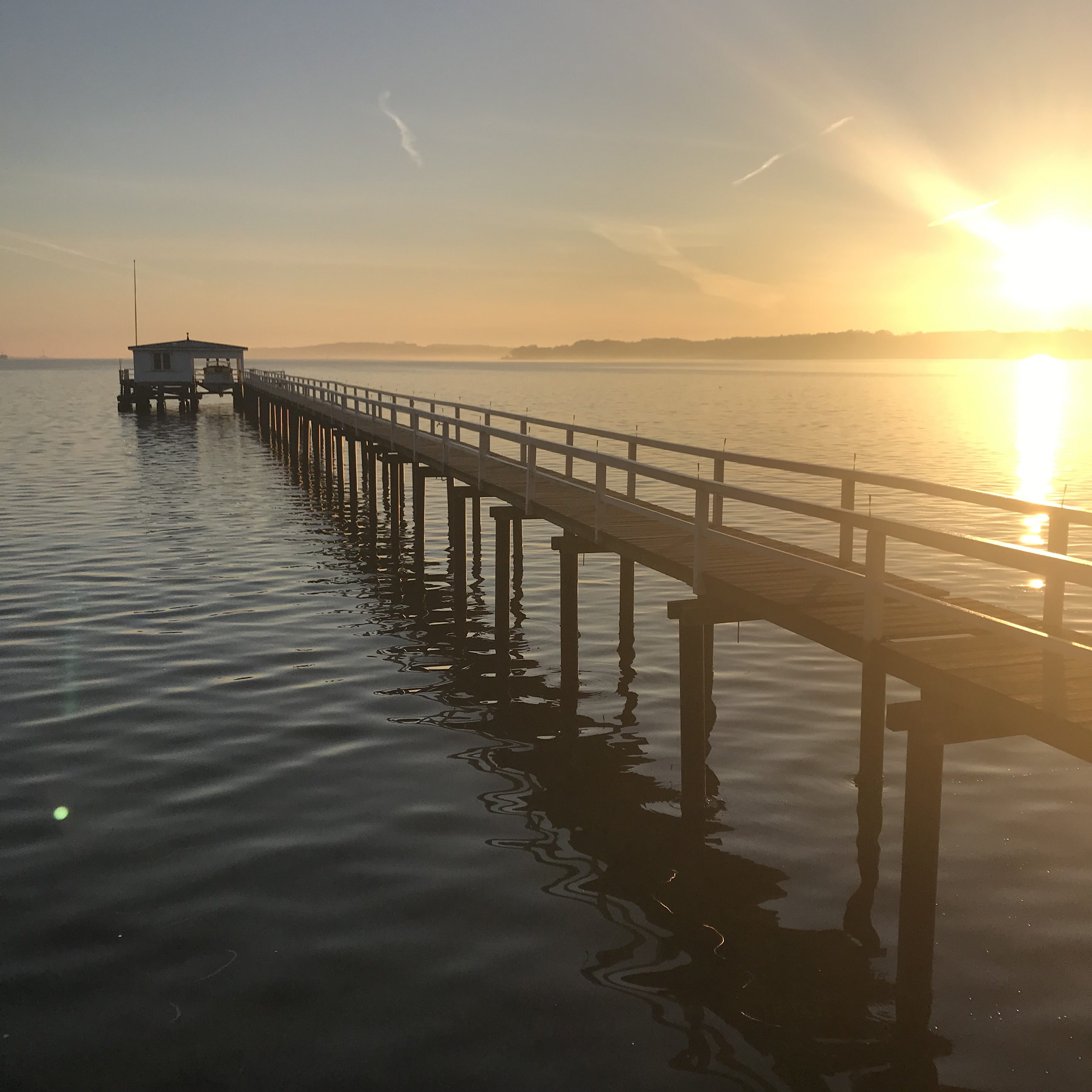
Determining the slope of sea surface via the reflection of a structure
(Disclaimer: The physics the title refers to are somewhere in the second half of the blog post when I am done rambling)
In case you are wondering why I am blogging so much all of a sudden: Sometimes I just love to spend a couple of hours on my sofa, drink something warm, and play with my blog (as I told you I would last Saturday, when I wrote all the stuff that got published recently [technically it’s still said Saturday morning as I am writing this, I am just scheduling all these posts to be published over the next couple of days. I usually select and upload the pictures I want to use on my blog the day I take them, and I always know what I want to write about them, too. In case you were wondering about my blogging process…]). Anyway, moving on.
The pictures for this post were taken a couple of weeks ago, when it was still feasible for me to be at Kiel fjord in the mornings when the sun was this low. Early bird and all, but these days the sunset is too early to just accidentally observe.

What really irritates me is how the condensation trails in the sky look like scratches on the picture. Even though I took the pictures on my phone and then watched them on the phone’s screen (so there is no way they could have gotten scratched somehow) I kept thinking they were scratches. But the pictures are still pretty…
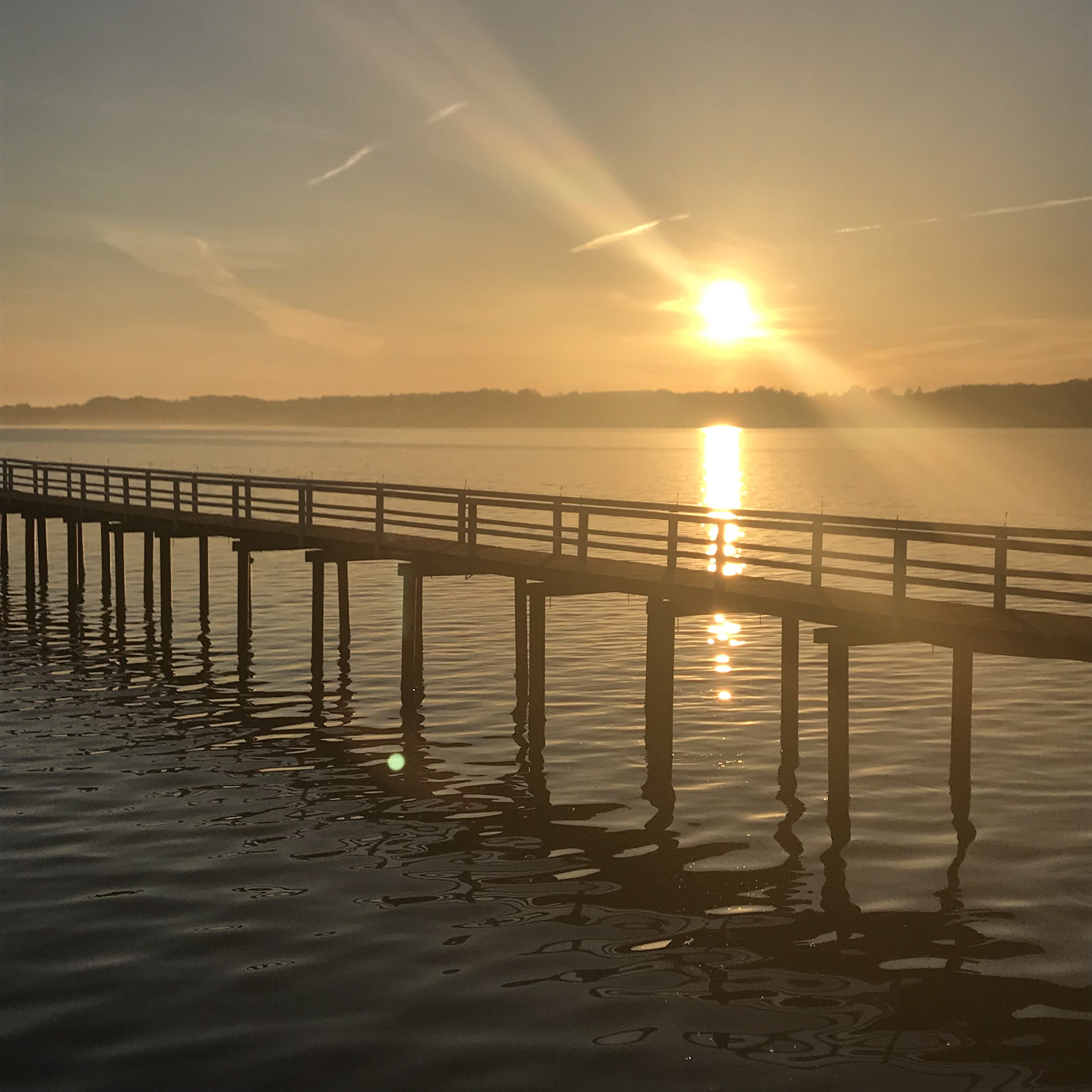
But what the low sun made really easy to observe because of the sharp contrasts between lit and shaded sides of the structure, is how you can actually use the deformation of the structure in the reflection to determine the slope of the water’s surface.
As you know, you can only see the reflection of whatever is exactly in the pathway of the ray from your eye, reflected at the sea surface, and going out at the same angle it came in. Even if you were looking in the same direction all the time, if the slope of the surface changed, what you could see in the very same spot would change, too. Hence if you look at reflections on water, they move and get deformed as waves go past the spot you are looking at…
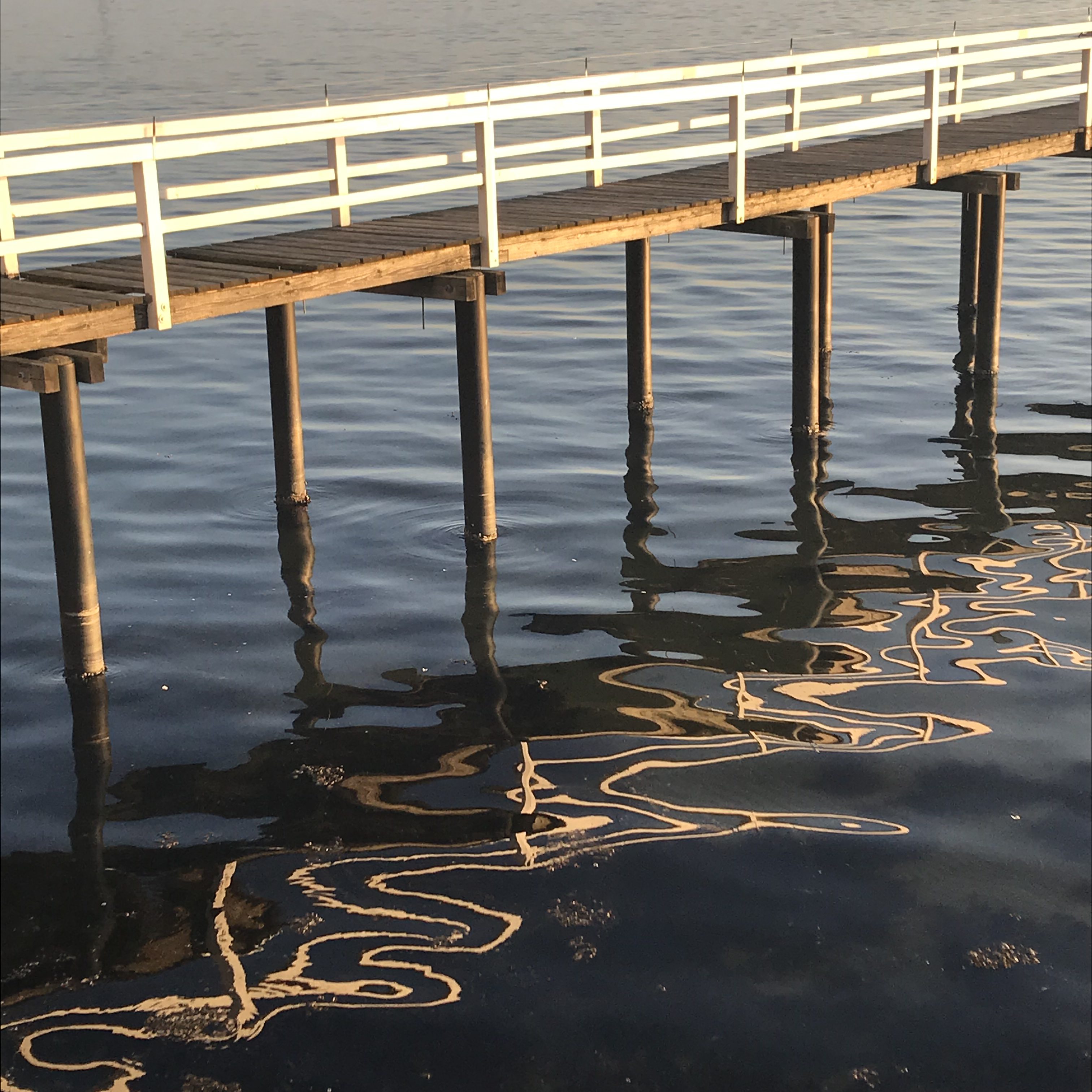
Above, looking at the white hand rail’s reflection, it becomes very obvious that the wave field is actually quite complex. There are waves that pull the hand rail’s reflection out to the right side, and those that move it up and down in the picture. I find it absolutely fascinating how some parts of the hand rail are visible several times in the reflection, how there are even bits of handrail that seem completely detached from the rest (see the little white dot inside a white loop somewhere in the bottom right?) and how the whole thing still seems so organic and smooth.
Below, you even see how you can see how each wave crest relates to a “spike” in the reflection.
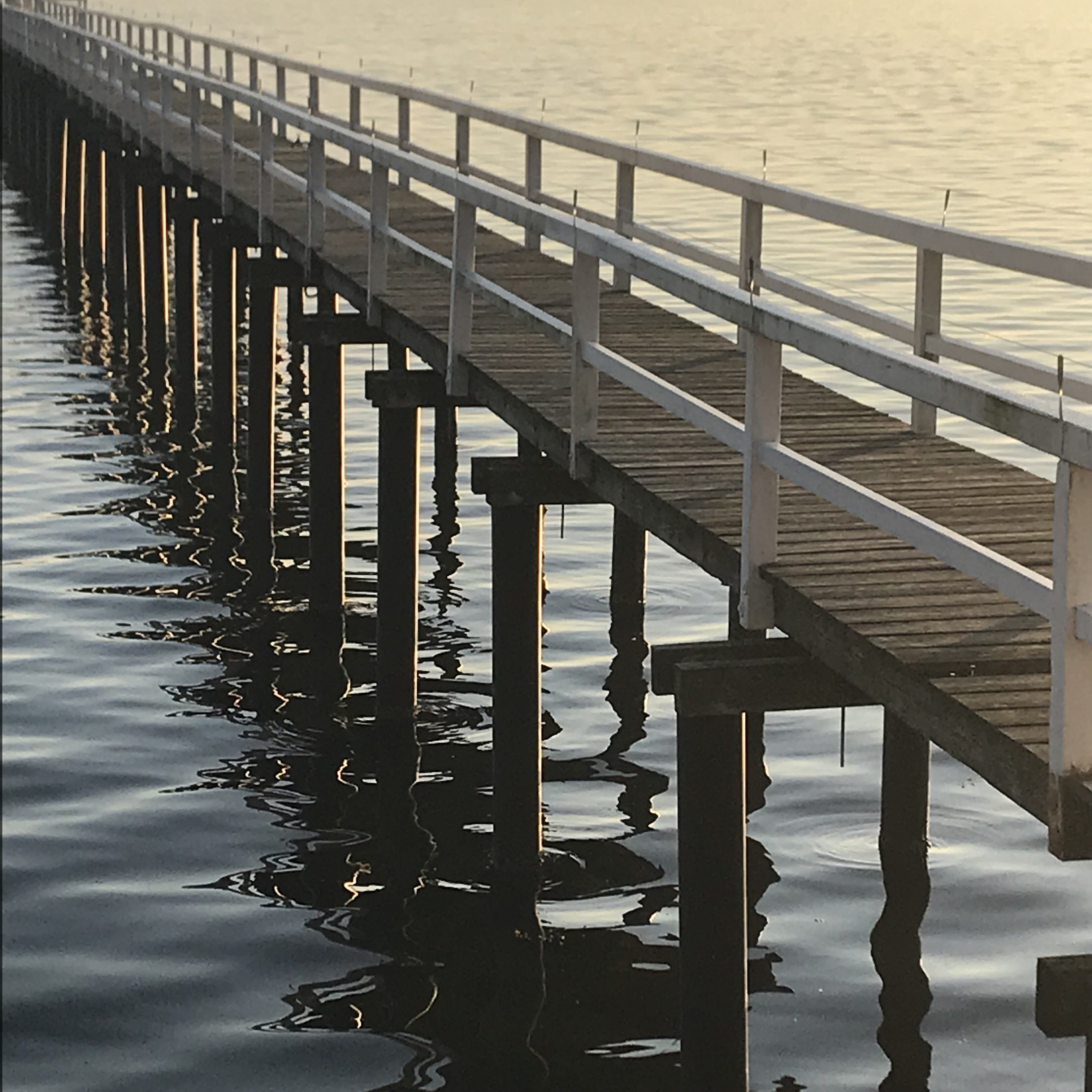
When looking at waves in pictures, it is usually pretty difficult to see which parts of the pictures correspond to which side of the wave, the one facing us or away from us (unless, of course, the waves are breaking, or you see stuff like total internal reflection going on). But the reflections make it a little easier, I think.
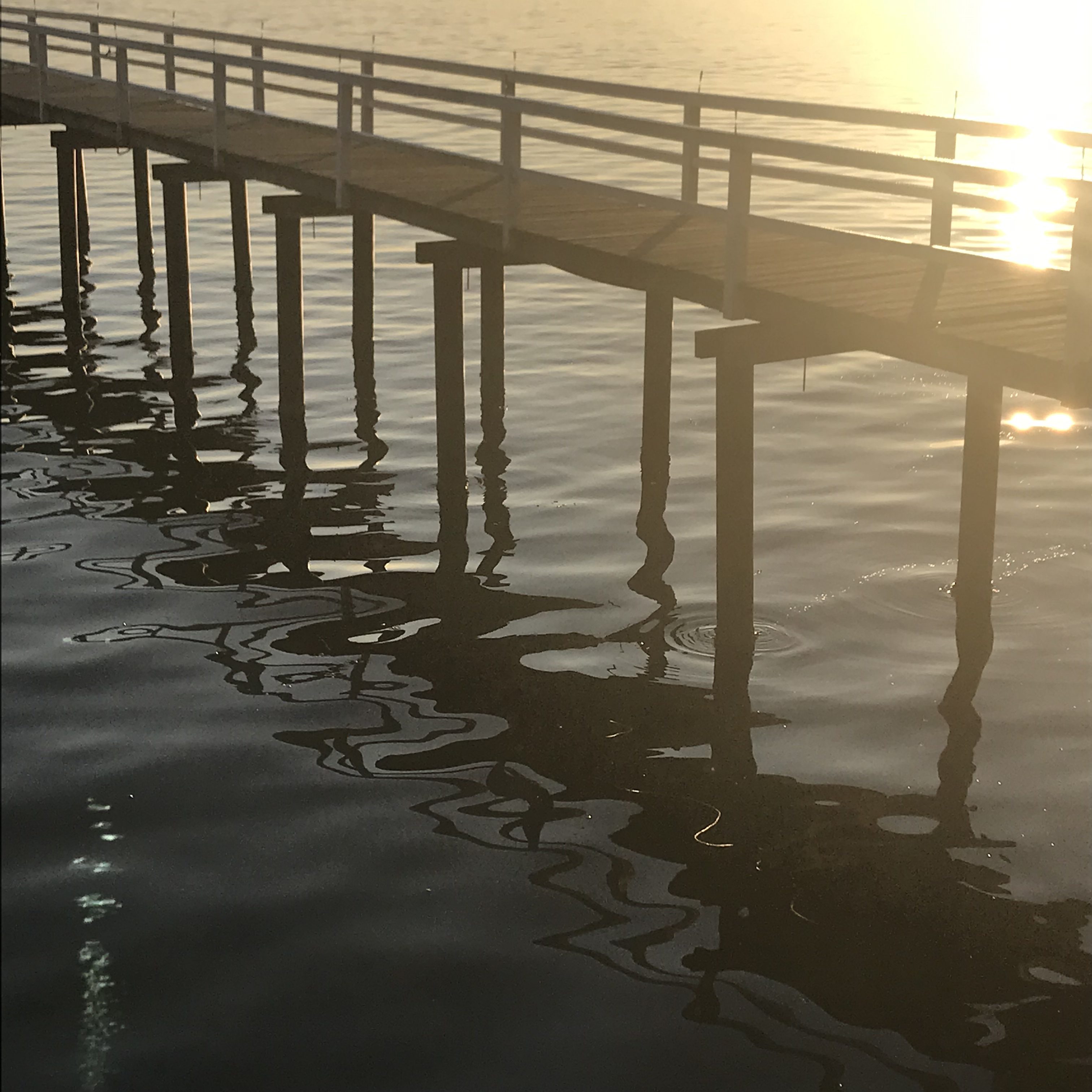
And just because staring at the reflections made me feel a little dizzy, here is something to give your eyes a little rest: The view towards the Baltic Sea out of Kiel fjord.
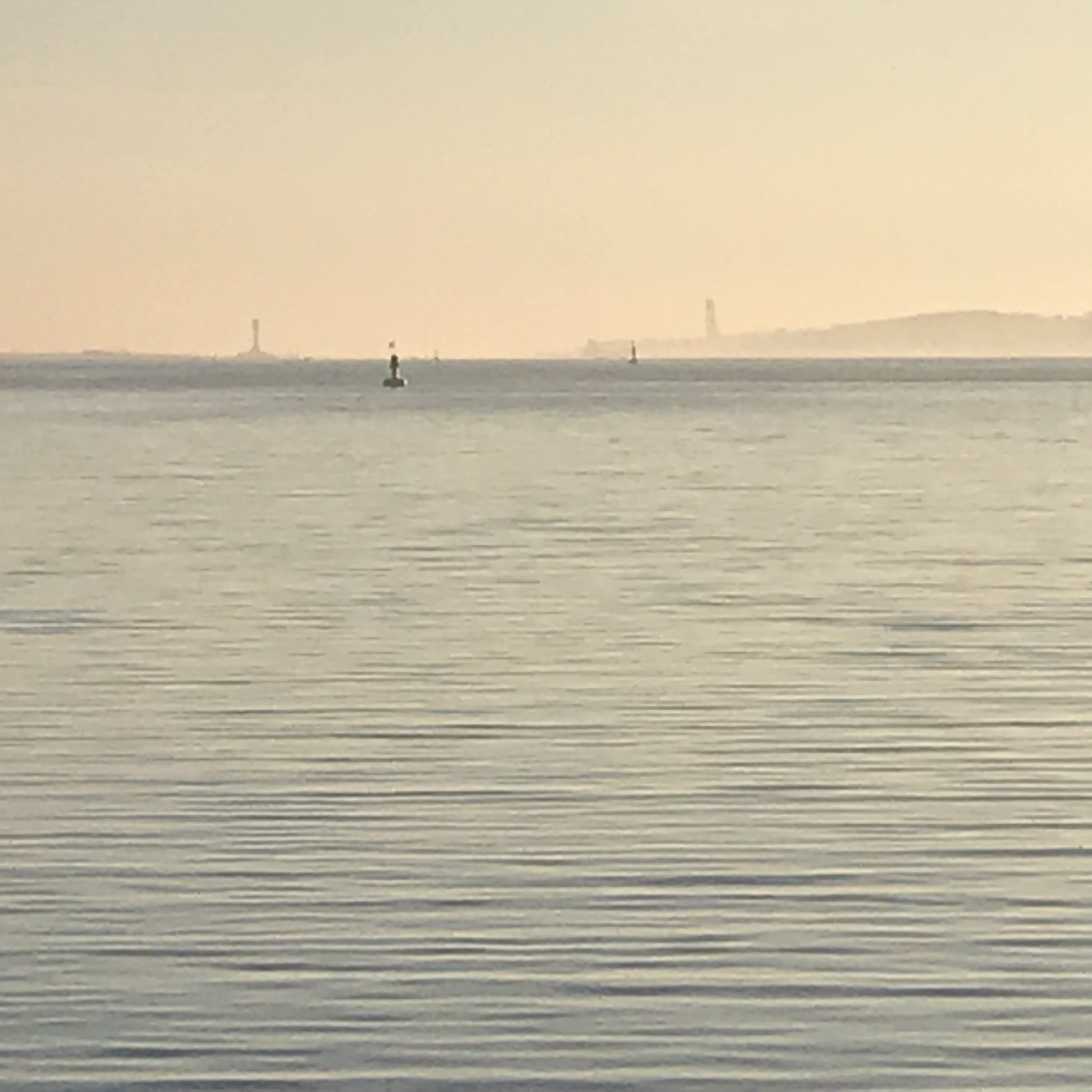
Hope you are all having a nice day full of #wavewatching! :-)